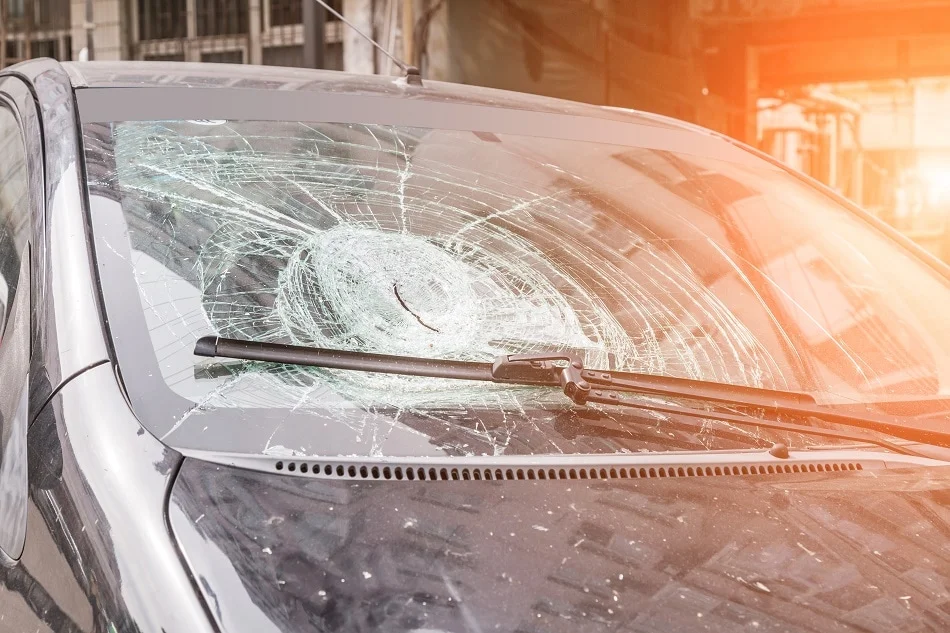What Are The Benefits Of Tempered Glass And Laminated Glass?
There are two main types of glass used in automobiles; tempered and laminated. Both of these varieties have been used for years, and each type comes with its own benefits.
UNDERSTANDING THE DIFFERENCE
- TEMPERED GLASS
Tempered glass is created by quickly heating and cooling the glass. This process essentially trains the glass on how to expand and contract under extreme temperature changes without cracking. It’s most commonly used on the side and back glass panels of a vehicle.
- LAMINATE GLASS
Most commonly used for front windshields, laminate glass is designed to have multiple layers. This type of auto glass is constructed out of a combination of standard glass and polyvinyl butyral, also known as PVB. These materials are sandwiched together, with the glass acting as the outside layers, and the PVB in the middle.
BENEFITS OF TEMPERED GLASS
As stated earlier, tempered glass is designed to withstand extreme temperature changes. Vehicles are exposed to many different climates on a regular basis; from hot to cold. Regular glass would crack under these changes; however, tempered glass is able to expand and contract without cracking.
When compared to standard glass, tempered glass is up to 4-5 times stronger. This is ideal for automobiles since rocks and debris on the road could potentially hit the glass at a high speed. Tempered glass is strongest near the center of the panel, with the edges being the only weak zones.
Tempered glass also acts as a form of safety glass. Whenever it breaks, it shatters into very small and dull pieces. This prevents the risk of being severely injured by flying glass in the event of an auto accident.
BENEFITS OF LAMINATE GLASS
Laminate glass behaves differently from standard glass whenever it breaks. Instead of completely shattering, it’s designed to bend and flex. The polyvinyl in the center of the panel makes it much more flexible. Laminate glass is also very strong, and it’s able to prevent a passenger from being ejected in a severe accident.
The windshield is responsible for supporting the frame of the vehicle. Since laminate glass bends and is very durable, it’s less likely to break under the stress of a rollover accident. This may mean the difference between being seriously injured, and being able to walk away after a collision.
Laminate glass also protects drivers from dangerous UV rays. It can effectively block up to 99 percent of UV light transmission. This is one reason why it makes the perfect choice for a front windshield.
POTENTIAL DRAWBACKS
No type of glass is perfect, and both laminate and tempered glass may sustain damage after sudden impact. When laminate glass gets struck, it’s likely to form the classic star chip. Large cracks may also occur, but they are less common. The good news is that laminate glass can easily be repaired if the damage is minor. Filling the glass with a special resin will make it as good as new.
Tempered glass, on the other hand, doesn’t fare as well when it cracks. The perimeter of the glass is much weaker than the center. If the edges of the glass are struck, the glass may completely shatter into thousands of pieces. Since tempered glass is single-ply, resin cannot be used to repair it. Instead, cracked tempered glass needs to be completely replaced.
Both tempered glass and laminate glass are great choices for automobiles. In fact, most models contain a combination of both types. Windshields that are made out of laminate glass are very strong, and less likely to shatter. Tempered glass on the door panels and rear windshield are able to withstand extreme climate changes. With proper care, both types of glass provide excellent protection from the elements.

